Dog collars and harnesses are an incredibly important part of dog ownership and dog care. They let you walk your dog on a leash with security and give you a place to hang your dog's vaccination and ID tags.
Are you bringing home your first puppy and unsure whether to purchase a dog collar or dog harness? Or are you an experienced dog owner who simply wants to better understand the rationale between choosing a collar vs. harness? It is vital to know the pros and cons of both before selecting one or the other for your dog.
In this DJANGO Dog Blog article, Mike and I (Steph) will help you figure out which gear you should use based on your dog’s breed, activity level, and lifestyle.
DOG HARNESSES
PROS OF DOG HARNESSES
Dog harnesses take pressure off your dog’s back and neck: Because harnesses fasten at the back or chest, they do not put pressure on your dog’s trachea (more on that below). This is ideal if your dog has or is prone to neck problems, a collapsing windpipe, or blocked airways. It can also help prevent these health problems from happening.
Dog harnesses enhance the walker's and dog's comfort: Tired of tug-o-war walks that end with sore, red palms and achy joints? Consider using a back-clip dog harness. It evenly applies pressure over a larger surface area of your dog's body, giving you more control over your rambunctious puppy or giant dog, and enhancing your dog's comfort as he walks, runs, and plays.
Some dog harnesses discourage pulling: To prevent pulling, consider a front-clip (aka “no pull”) dog harness. When your dog pulls on his leash, it will force him to turn to the side, so he will not be able to go forward until he slows down.
Dog harnesses are safer than collars: Dogs can wiggle out of their collars and potentially run into the street or get into a dog fight. Because a high quality dog harness securely fastens around your pup's body, it is generally considered safer and more secure.
Dog harnesses are good training tools for puppies: Puppies will tug and bite their leashes because they are bored or immature. If puppies are excited, they also may wrap their leashes around their owners or get caught in them. Leashes can get twisted around their neck or leg and cut off their blood flow. A back-clip harness can keep puppies and adult dogs from getting tangled in their leashes. It also protects the people who have to untangle them from being scratched or bitten.
CONS OF DOG HARNESSES
Dog harnesses are not as convenient: Dog collars easily slip off and on, but dog harnesses often have multiple buckles and straps that are more complicated to fasten. Look for a dog harness that is specifically designed for easy on and off, like this one.
Some dog harnesses can be uncomfortable: Harnesses are naturally heavier than collars. Dogs not used to harnesses may dislike having them slipped over their heads. Pups with arthritis may not be comfortable having a leg lifted into a harness strap. It is important to get a high quality dog harness that fits your dog's specific needs.
For dogs that do not like having a harness slipped over their head, consider a step-in dog harness. As the name suggests, dogs can step into these harnesses with their front paws and they fasten in the back. For senior dogs with arthritis that cannot lift their legs without discomfort, make sure to get a harness with dual side-release buckles on the chest strap. This will allow you to secure the harness around your pup's body without him or her having to lift their legs.
Some dog harnesses can cause chafing: If your pup’s harness is poorly designed, too tight, or worn improperly, it can rub the skin around his armpits and elbows. For this reason, it is important to select a quality dog harness that is padded, lightweight, and intentionally designed to prevent chafing of any kind. If you have a rambunctious and active dog (like our sausage dog Django!), dirt and debris can also build up on the harness over time and cause discomfort. To prevent this from happening, simply wash your dog’s harness at least once a month.
No-pull harnesses may alter your pup’s natural gait: No-pull dog harnesses can make it hard for your dog to move his shoulders. They can also change how he naturally walks. Even if your dog’s harness is not attached to a leash, he will carry less weight on his front legs. He will also put more weight on the front leg that is beside you.
WHEN YOU SHOULD USE A DOG HARNESS
If you have a senior dog and/or long-bodied dog breed at risk for intervertebral disc disease (IVDD): Dogs that are low to the ground like basset hounds, dachshunds, and Welsh Pembroke corgis are prone to intervertebral disc disease (IVDD). IVDD occurs when a disc in your pup's spine bulges or bursts. The slipped disk leaks fluid that pushes against his spinal cord and nerves. It causes neck and back pain, muscle spasms, wobbling and incoordination, and rear-limb paralysis. To help prevent further damage, consider using a harness to take pressure off your dog's neck and spine.
If you have a small dog breed that is at risk of tracheal collapse: Tracheal collapse affects the trachea, or windpipe, and the lower airway, where large tubes called mainstem bronchi carry air to the lungs. The windpipe connects the lungs to the nose and mouth and is lined with rings of firm white tissue called cartilage. If the rings of cartilage become weak and flexible, they will flatten when your dog breathes in. This causes a constant, dry, harsh cough, wheezing, and gagging.
Chihuahuas, Lhasa apsos, Pomeranians, Shih Tzus, toy poodles, and Yorkshire terriers are most at risk for tracheal collapse. Overweight and senior dogs also have a higher risk of developing the disease. While wide, soft dog collars cause less damage than harder thinner collars, harnesses do not put any pressure on your dog’s windpipe.
If your dog is a brachycephalic breed: Flat-faced dog breeds, like French bulldogs, Boston terriers, and pugs, have short, pushed-in noses and shallow eye sockets. If they pull too hard on the leash attached to their collars, their eyes may completely or partially pop out of their heads. This is called ocular proptosis, and it most commonly affects Brussels griffons and Pekinese. Brachys also have narrower windpipes and smaller nostrils. And they have a large flap of extra skin at the back of their throats. For this reason, it is recommended that snub-nosed dog breeds only wear a harness when on a leash.
If you have an older dog with health problems: Senior dogs that have arthritis or hip dysplasia have a hard time getting up or lying down. Harnesses can help you hoist them up without causing additional discomfort and pain.
DOG COLLARS
PROS OF DOG COLLARS
Dog collars are more convenient: Collars can typically be worn at all times while harnesses should only be worn when you are going on a walk. Even if you choose to remove your pup’s collar at night to give his skin a chance to breathe, it is still easier to take on and off than a harness.
Collars are better for dogs with lipomas: Lipomas are non-cancerous tumors that are made up of fat cells. They are prevalent in senior dogs that are neutered or overweight. Any dog breed can develop fatty tumors. But they are most common in dachshunds, Shetland sheepdogs, Doberman pinschers, Labrador retrievers, German pointers, and Weimaraners. Harnesses may irritate or rub your dog's fatty tumors, causing his skin to become crusty, bloody, and/or swollen.
Collars are better for dogs after certain surgeries: Did your pup just have preventative bloat surgery? Emergency heartworm extraction surgery? He may not be able to wear a dog harness until he completely recovers. A harness may rub his stitches and create friction blisters. If the friction blisters pop, they can slow down the healing process. Consider teaching your dog to wear a collar in case he ever needs torso surgery.
Dog collars hold ID tags: Most high quality and high end dog collars have dedicated metal or plastic identification attachment pieces where you can attach your dog’s ID tag with your name, physical address, and phone number in case he gets lost. In most states, according to the ASPCA, the return-to-owner rate is 10%-30% for dogs. An ID tag makes your pup more approachable to strangers because it indicates he is not a feral or stray dog.
CONS OF DOG COLLARS
Dog collars can put pressure on your dog's windpipe. As mentioned above, dog collars can put undue pressure on your dog’s trachea. Avoid collars and opt for a high quality dog harness if your dog has or is prone to neck problems, a collapsing windpipe, or blocked airways.
Dog collars can cause skin problems: Too tight collars can cause chafing, discomfort, and hair loss. They can also result in a mild, red rash around your dog’s neck that stings or burns. The skin in that area is also more prone to fungal and bacterial infections.
Dog collars can become embedded in a growing puppy’s neck. In mild cases, the embedded dog collar will damage the top layers of a puppy’s skin. In extreme cases, it will cut into his muscles and connective tissue, and his skin will begin to grow over his collar. If he spends a lot of time outdoors, flies may also give birth to live maggots or lay eggs in his wound.
Dog collars can cause strangulation: If your dog’s collar is not tight enough, he can snag it on a window latch or in the wires of his metal crate. This can lead to suffocation. Even if your dog is tied up in the backyard, a well-fitting collar can still be dangerous. If your dog is on a long leash and tries to jump a fence, he could end up hanging himself with his collar.
Dog collars can cause mouth or limb injuries: If your dog’s collar is too loose, his tongue and teeth can get stuck in it while he grooms himself. This can cause broken teeth and other mouth injuries. If your dog scratches his ears with his front or back leg, it might get caught in his collar. If he struggles to free himself, he could break a limb.
WHEN YOU SHOULD USE A DOG COLLAR
Dog collars are typically ideal for large dog breeds with strong, muscular necks. They are also appropriate as secondary dog accessories on small- and medium-sized dogs that wear dog harnesses. Consider pairing your dog's harness with a matching collar. Your pup can wear his harness and collar when he is out walking and adventuring, and simply wear his collar and ID tag at home.
LEARN MORE: DJANGO ADVENTURE DOG HARNESS AND COLLAR COLLECTION

If you're looking for a high quality, durable, and stylish dog harness, consider DJANGO's 5-star rated Adventure Dog Harness. The neoprene exterior is waterproof, stain-resistant, and incredibly easy to clean. The padded, lightweight, and sleek harness body is shaped to prevent any risk of chafing and maximize comfort no matter how long your outing or adventure.
DJANGO's Adventure Dog Collars features heavy-duty yet super soft webbing that is gentle, soft, and flexible against your dog’s neck. Every DJANGO collar features a heavy-duty ID tag attachment piece, a rust-resistant and high-strength solid cast brass D-ring for leash attachment, and a high-density branded buckle for easy off and on. It matches perfectly with our best-selling Adventure Dog Harness, ergonomic and lightweight Standard Adventure Dog Leash, and/or versatile and stylish Adjustable Hands-Free Adventure Dog Leash.

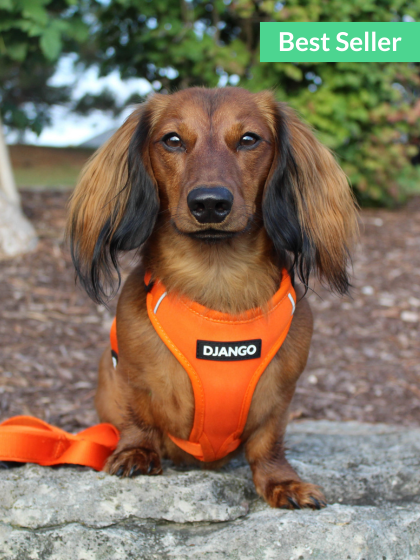
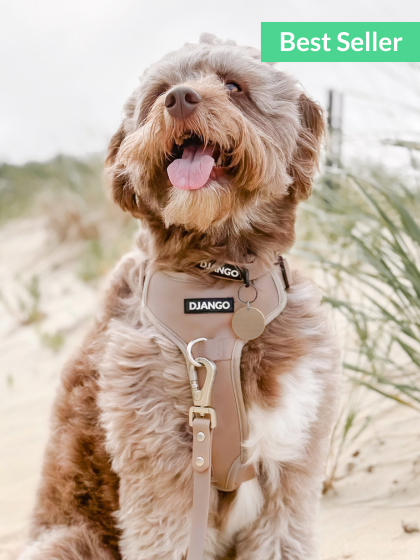
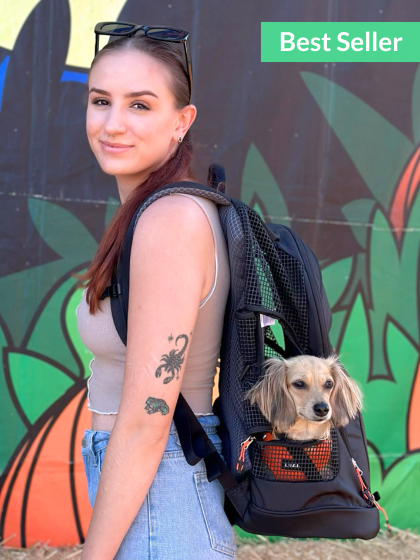
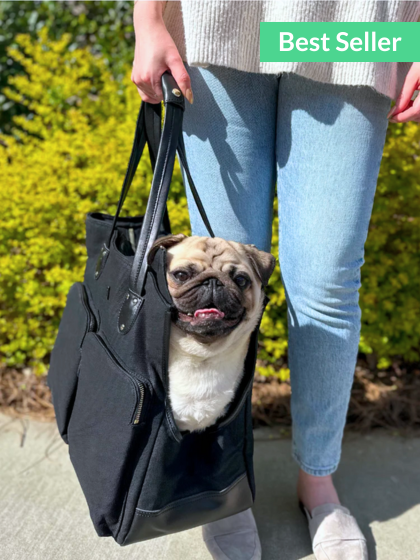
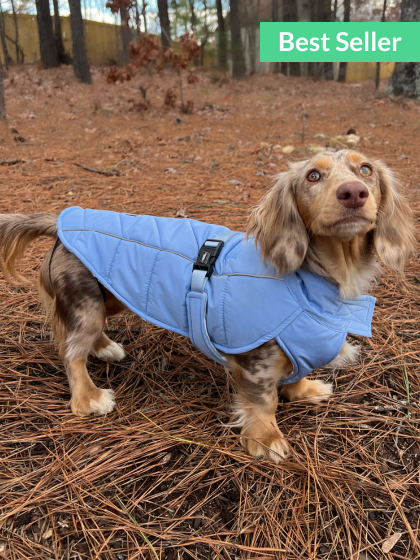
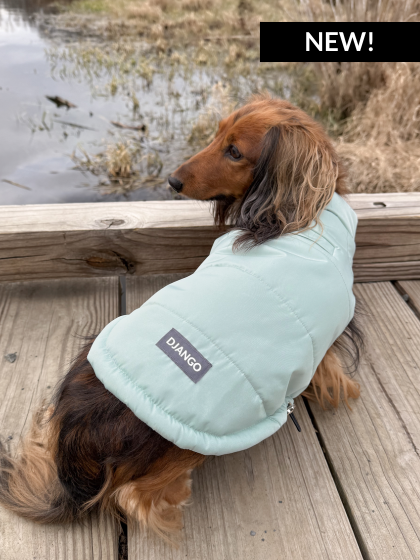
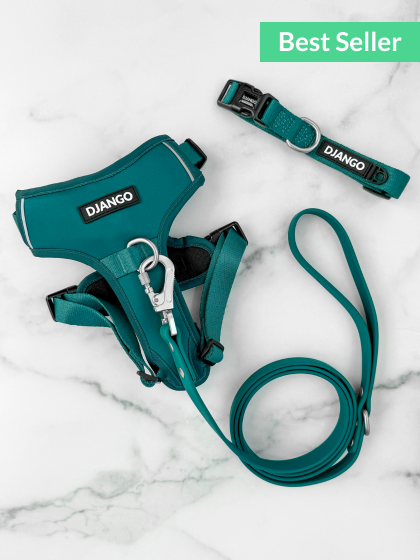







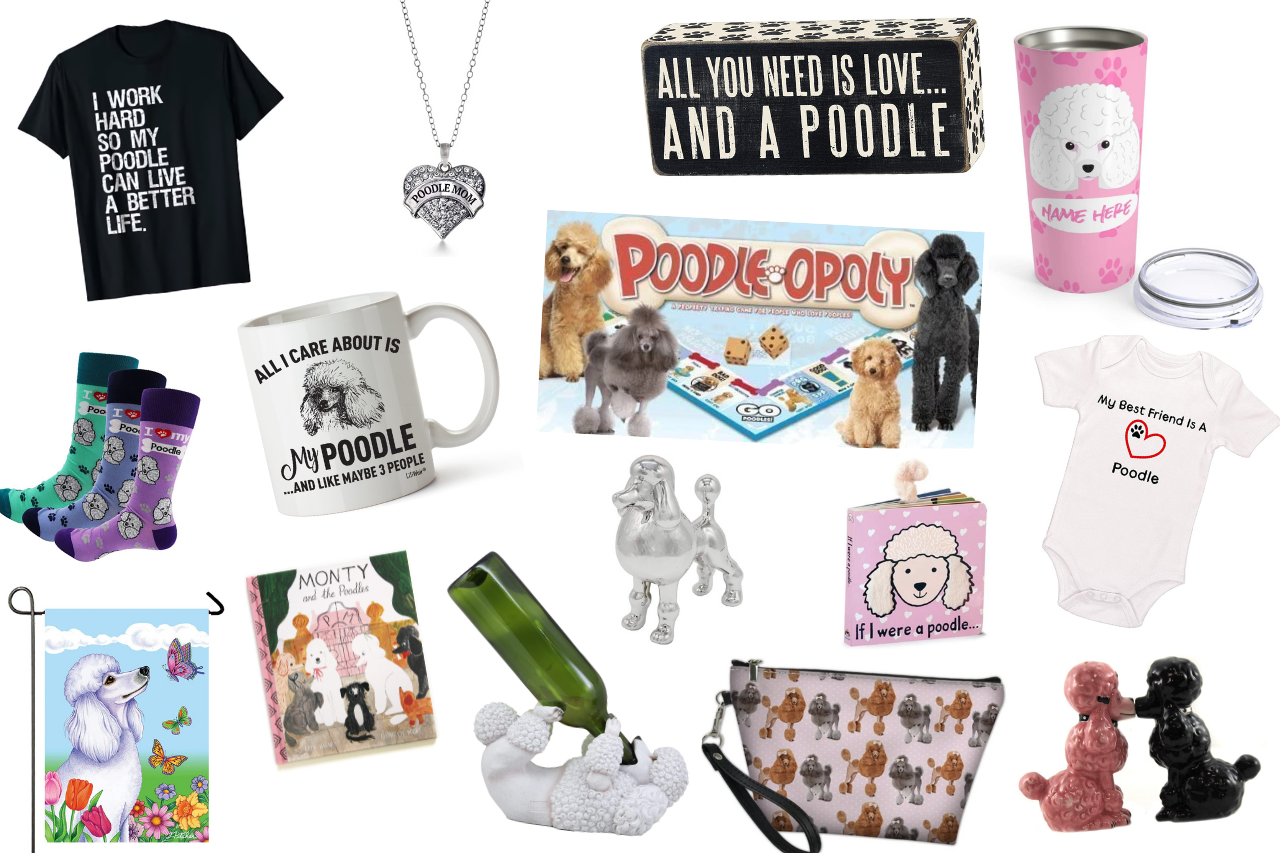
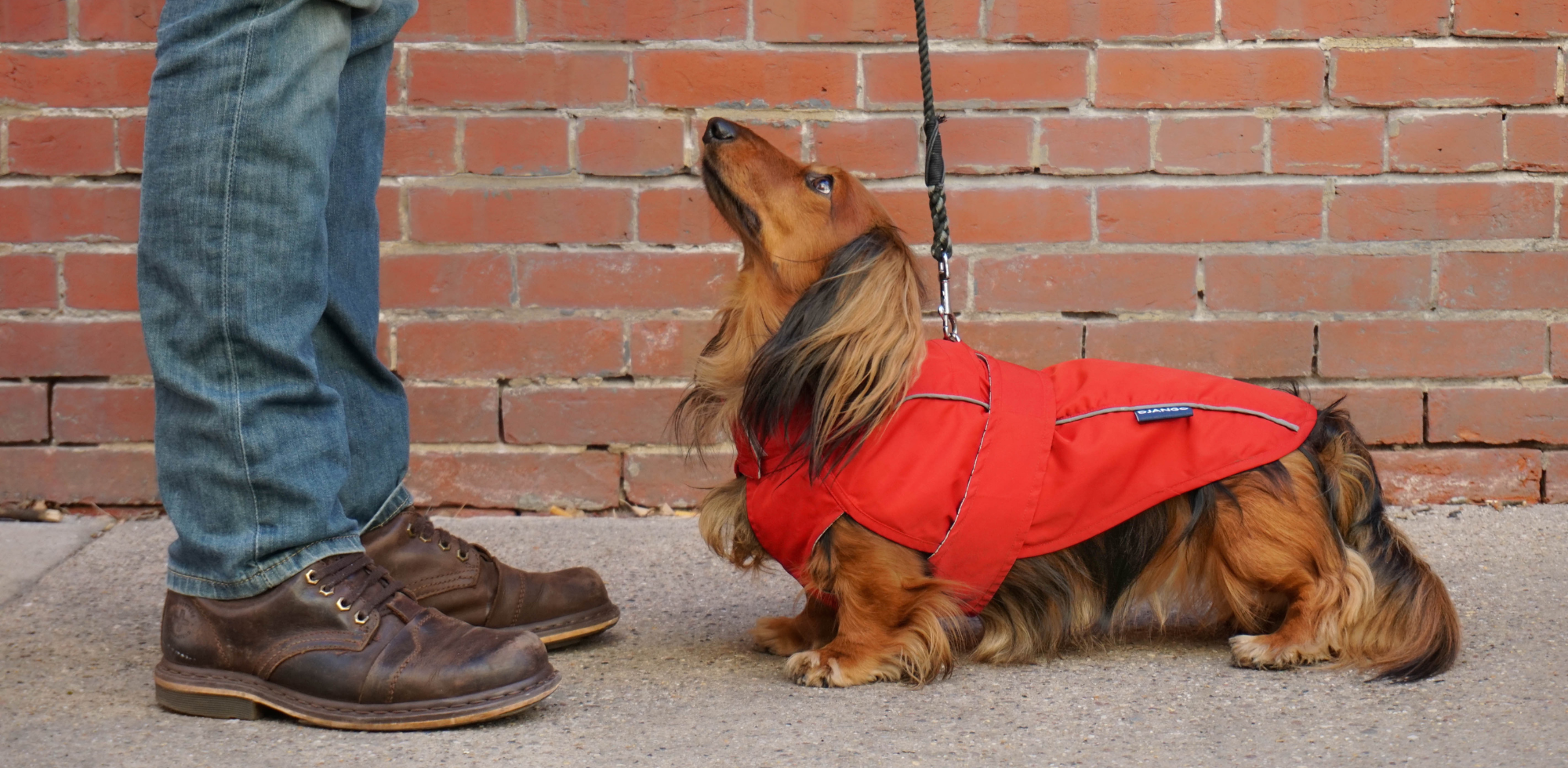
2 comments
Seema Tiwari
Fantastic blog. Thank for sharing this wonderful website with us. I’ll share this blog with my colleagues. I’m sure this info will be useful to those who need it.
Visit crewlala.com!
Fantastic blog. Thank for sharing this wonderful website with us. I’ll share this blog with my colleagues. I’m sure this info will be useful to those who need it.
Visit crewlala.com!
Sanket khan
Found your post interesting to read. Good Luck for the upcoming update.This article is really very interesting.
Found your post interesting to read. Good Luck for the upcoming update.This article is really very interesting.